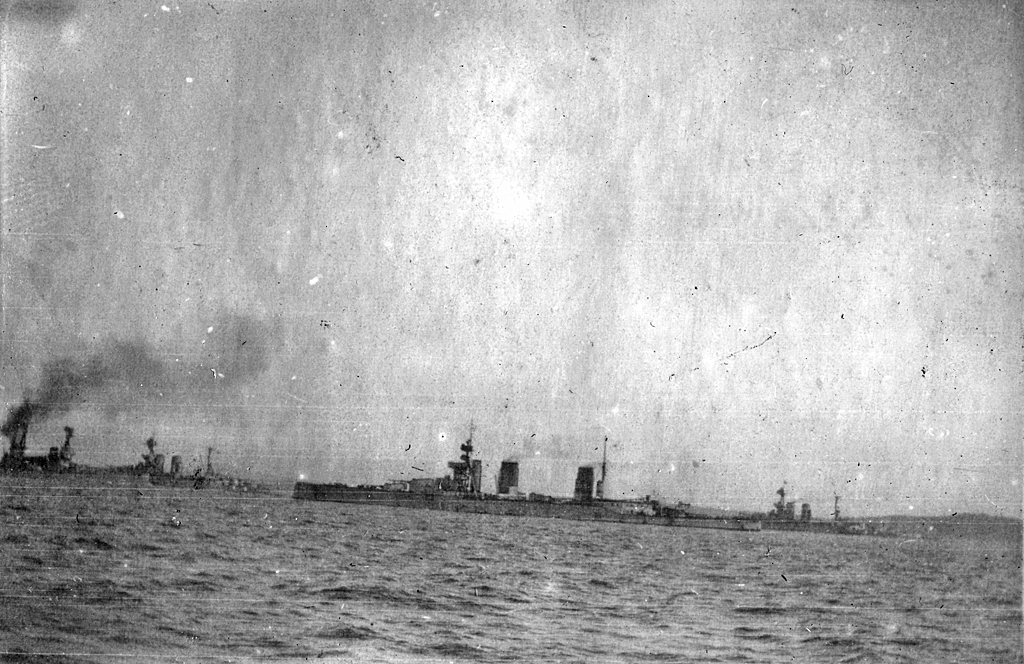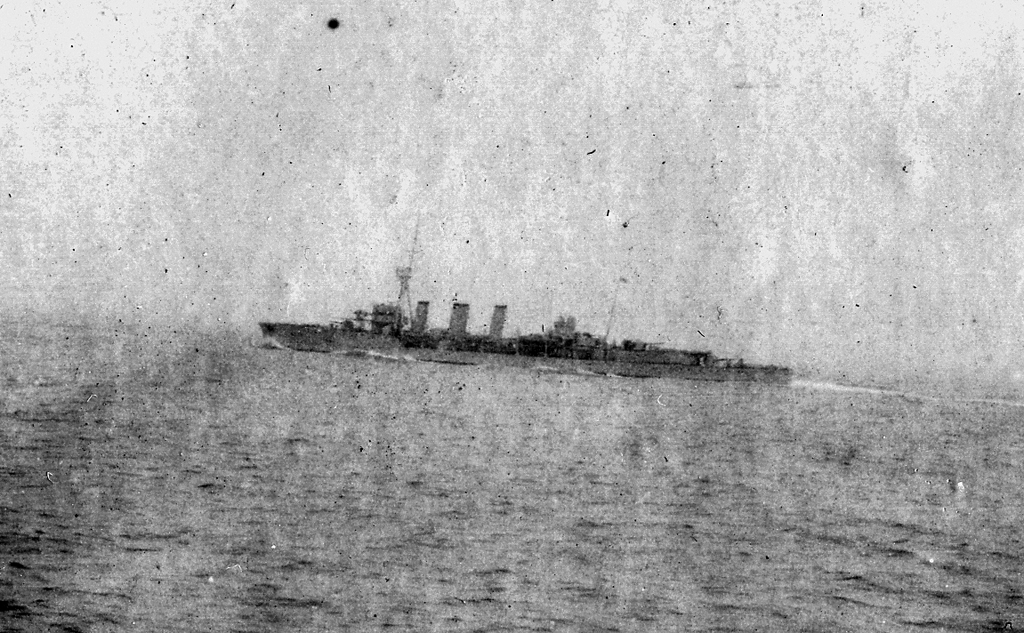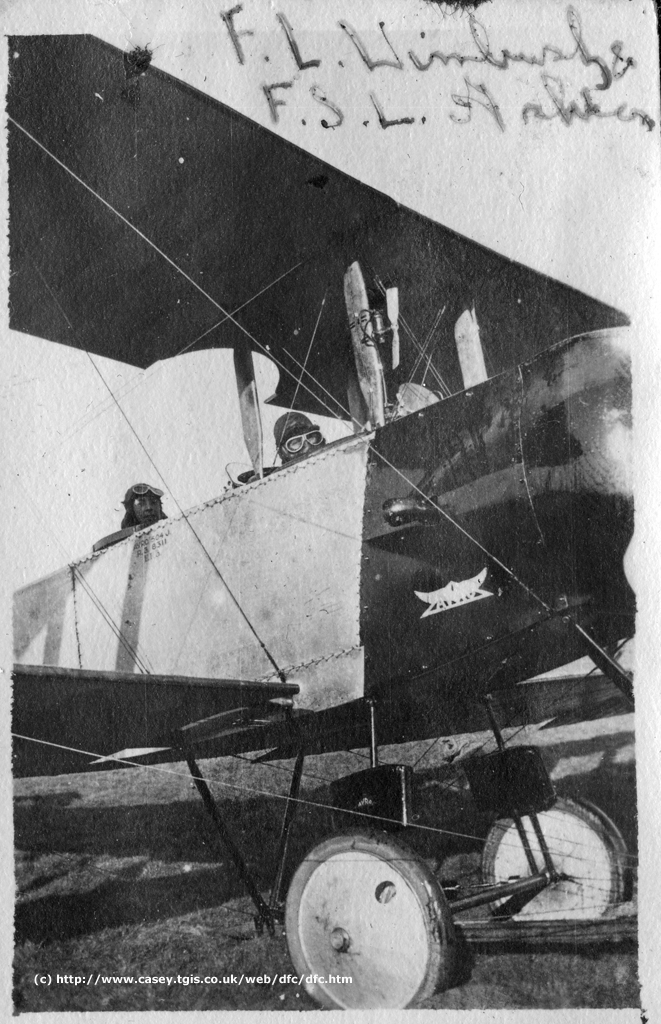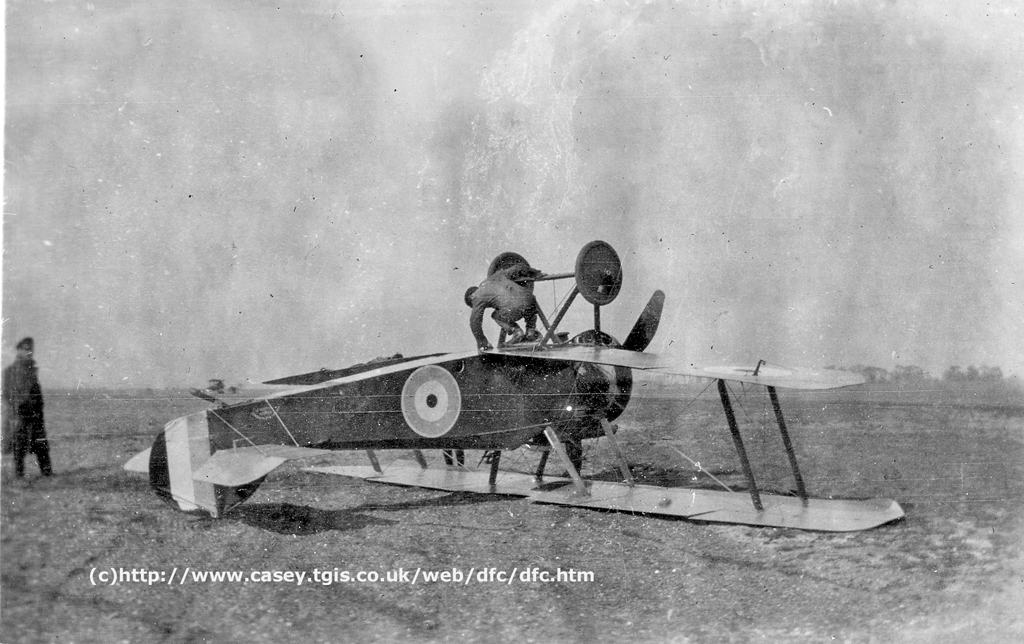Yeulett's Photographs Page
5
These photographs are owned by my family and may not be reproduced
without our express permission. All photos featured are stuck in my Gt Uncle's album but we cannot be certain who
took each one since some of them also exist in other collections. A small number also appear to be copies of
official RNAS pictures.
|

|
This is a shot most likely taken in the Firth of Forth. The
battlecruiser in the centre is a Lion Class which I think is HMS Lion herself
since there is a small chimney next to the aft mast which I have only seen on pictures of Lion and
not the Princess Royal (in 1918 they were the only surviving Lions). In early 1918 they were both
based at Rosyth with HMS Furious and I'm assuming, but don't know, that this picture was taken from
Furious.
|
 |
A second picture of a British cruiser at sea, this looks to be one of the
Arethusa Class light cruisers many of which had aircraft on ramps above their forward gun turret as
this one seems to have. Several of this class sailed in support of the Tondern Raid although
this picture was not taken during that operation. |
 |
This is an Avro 504J with Flight Lieutenant Wimbush and Flight
Sub-Lieutenant Ashton. I have traced a FL LEB Wimbush who was working as a flying instructor in
early 1918 when this was taken. He was doing this after having been injured over France
the previous year. Having been taken in approximately February 1918 it's unfortunate
that Wimbush was sadly killed just a month later. One report suggests he was performing
aerobatics in a Sopwith Triplane, ripped the wings off, crashed and died the following day from his
injuries. He was only 19.
|
 |
Another unfortunate incident in a Sopwith
Camel. This is not the same crash shown elsewhere on this site since it does have both wheels
attached. Camels were rather notorious for being difficult to fly due to the huge torque from the
engine plus having a concentrated centre of gravity in front of the pilot. Almost as many
pilots were killed in non-combat situations as those killed in combat (385 v. 413) so accidents
such as this were not a rarity.
|
|
| 



